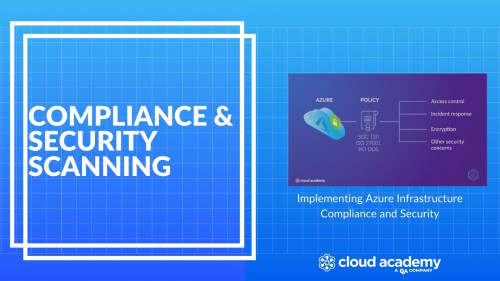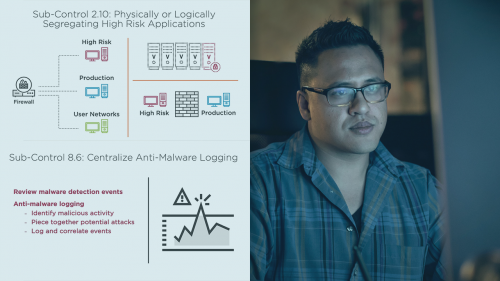
Cloud Academy – Implementing Continuous Feedback With Azure Devops-STM
English | Size: 973.41 MB
Category: Tutorial
The application lifecycle doesn’t finish with app deployment. Feedback is an important element of refining an application, whether that’s exception detection and diagnoses or improving the user experience. In this course, we will look at a suite of services that capture a vast array of feedback data, ranging from exceptions to client and server telemetry. This data can be turned into easily digestible information that can be used to trigger alerts and feedback into the development lifecycle as work items.



